If you’re a homeowner in an area with harsh winters, it could be one of the most difficult things, but owning a snow blower can be a lifesaver when clearing snow from your driveway and walkways.
Not only does a snowblower save time and effort compared to shoveling, but it also helps prevent injuries caused by the physical strain of manually removing heavy snow.
Additionally, a snow blower efficiently clears your driveway and walkways, allowing safe and convenient access to your home during the winter months.
However, before you can start using your snowblower, you must know where the air intake is.
Let’s discuss the importance of air intake, which is crucial for starting your machine efficiently.
Below, find a detailed step-by-step guide on how to start a snowblower, beginning with locating the air intake.
Understanding the Air Intake of a Snow Blower
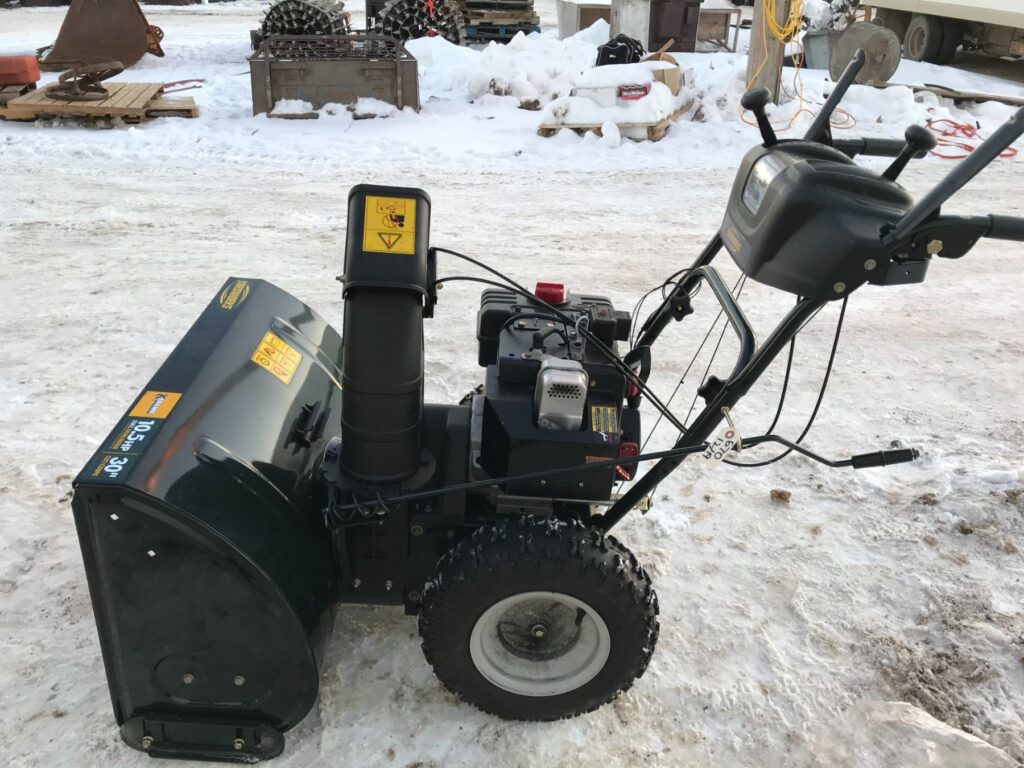
The air intake is a crucial component of a snowblower’s engine. It draws in air to mix with fuel and create combustion.
This combustion creates the internal pressure required to power the snowblower and propel snow out of the chute.
Therefore, locating the air intake before starting the snowblower is important. Locating the air intake can usually be done by referring to the snowblower’s manual.
The air intake is typically found on the side or front of the engine and is often protected by a cover or filter.
Finding the Air Intake of a Snow Blower
1. Refer to The Manual
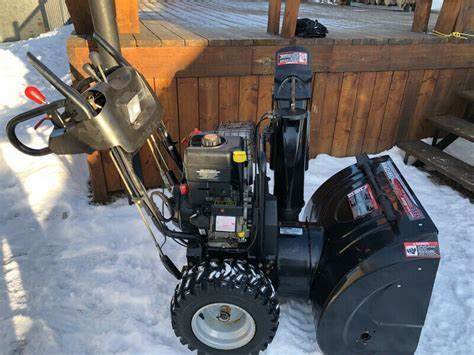
The first step in locating the air intake is to consult the snowblower’s manual.
Each model might have a slightly different design, so the manual should provide specific instructions for your machine.
The manual should also contain a diagram or description of the air intake’s location.
Once you have the manual, carefully read the instructions and look for any mention of the air intake. It may be located on the side or rear of the snowblower, near the engine.
2. Check the Engine Cover
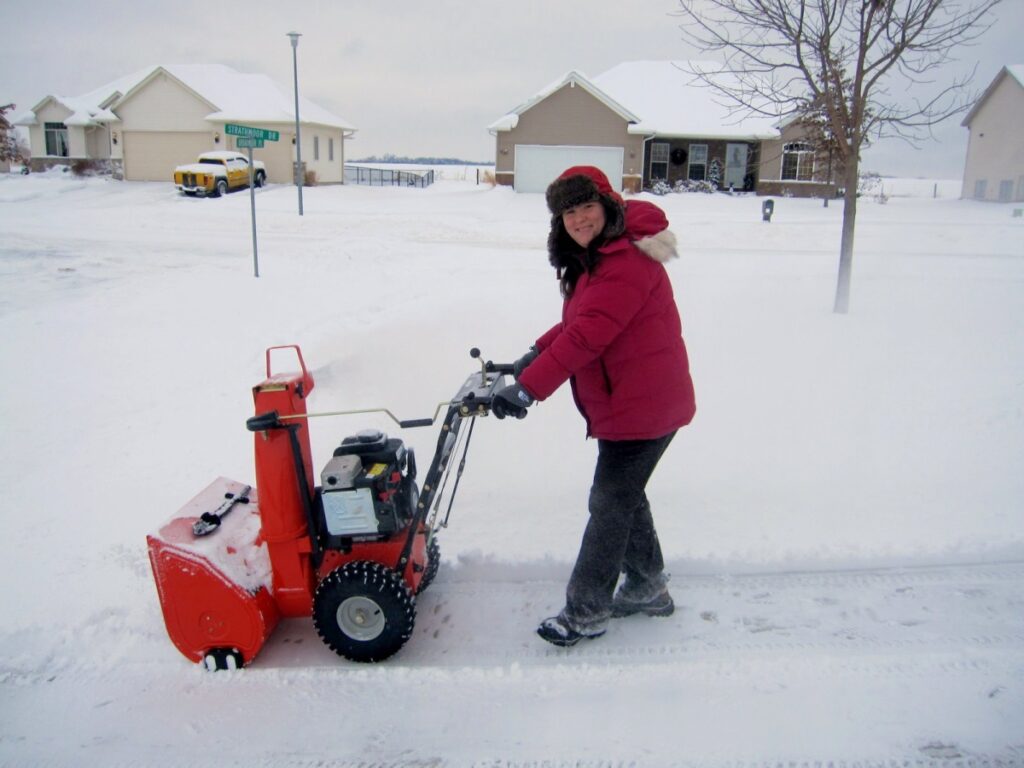
The air intake is generally positioned on the engine cover, often on the side or top of the snowblower.
Look for a panel or cover that can be removed to access the air intake.
Sometimes, the air intake may be covered by a filter, which will be visible once the engine cover is removed.
Cleaning or replacing the air filter regularly is important to ensure proper airflow. If the filter appears dirty or clogged, it may need to be cleaned or replaced.
3. Follow the Fuel Line
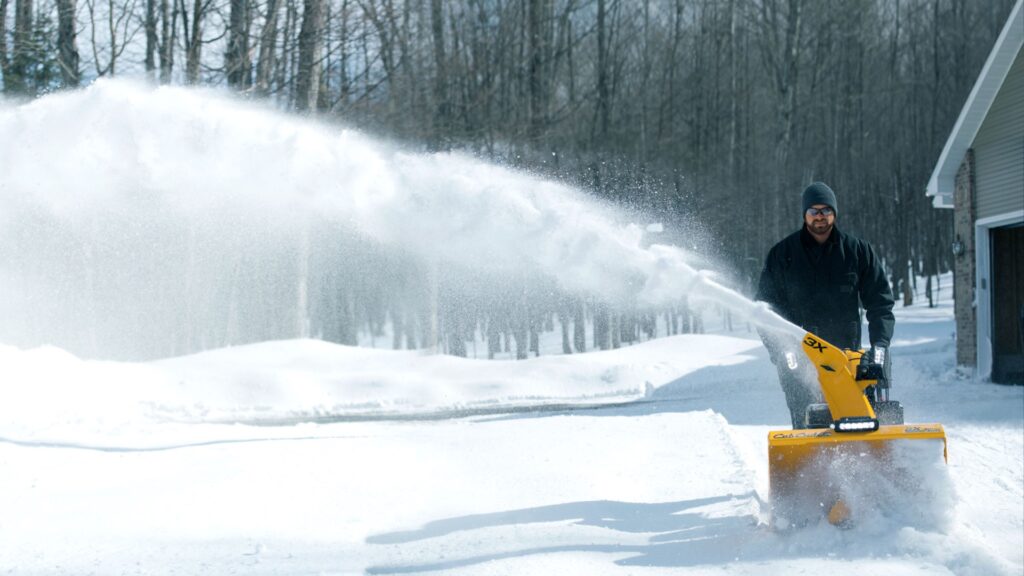
Another way to locate the air intake is to follow the fuel line.
The fuel line usually leads to the carburetor, which is connected to the air intake.
Tracing the fuel line back to its source will likely lead you to the air intake.
Once you have located the air intake, cleaning or replacing the air filter regularly is important.
A clogged filter can restrict airflow and decrease the performance of your snowblower.
How to Start a Snowblower

Now that you have found the air intake, you can start the snowblower.
- First, ensure the snowblower is on a level surface, and the fuel tank is filled with fresh gasoline.
- Next, engage the choke by moving the lever to the “choke” position.
- Then, locate the primer bulb and press it several times to pump fuel into the carburetor.
- After that, set the throttle to the “fast” or “full” position.
- Finally, pull the starter cord firmly and quickly to start the engine.
- Once the engine starts, release the choke gradually and adjust the throttle to the desired speed for snow removal.
It may seem like a lot, but how about we go through it step-by-step? Here is the process of starting a snowblower.
1. Safety First
Before attempting to start the snowblower, wear appropriate safety gear, such as goggles and gloves.
Clear the area of any potential hazards, such as rocks or debris, that the snowblower could pick up and throw up.
2. Prime the Engine
Many snowblowers have a primer bulb that needs to be pressed a few times to pump fuel into the carburetor.
This is crucial for starting the engine. The primer bulb’s position can vary, so consult your snowblower’s manual to locate it.
3. Set the Throttle
Adjust the throttle to the appropriate starting position. This can usually be done using a lever located near the handlebars.
The manual should guide the recommended throttle setting for starting the engine.
4. Choke the Engine
It’s important to choke the engine during cold weather to provide extra fuel.
Locate the choke lever on your snowblower and move it to the “choke” position before starting the engine.
5. Pull the Starter Rope
With one hand on the handlebars and the other on the starter rope, give the starter rope a smooth and firm pull.
Be prepared for some resistance as the engine starts up.
If the engine doesn’t start, repeat the process, ensuring all the steps are followed correctly.
6. Warm-up and Engage
Once the engine starts running, allow it to warm up for a few minutes.
After warming up, slowly disengage the choke and adjust the throttle to the desired speed for snow blowing.
7. Begin Clearing Snow
Now that you have successfully started your snowblower, it’s time to clear the snow!
Engage the drill and walk behind the snowblower, guiding it along your desired path.
Remember always to be cautious and keep a firm grip on the handlebars.
Conclusion
The air intake is a vital part of a snowblower’s engine and is responsible for creating the combustion necessary to power the machine.
You can ensure smooth operation and efficient snow clearing by locating the air intake and following the proper steps to start the snowblower.
Always consult the manual provided with your specific snowblower model to ensure accurate instructions and safety guidelines.
Stay safe, and enjoy the convenience of a dependable snowblower when winter arrives!


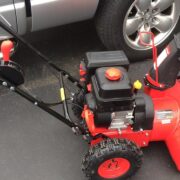

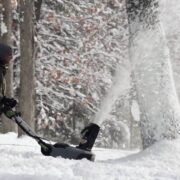
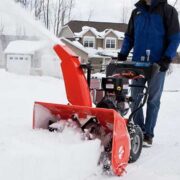

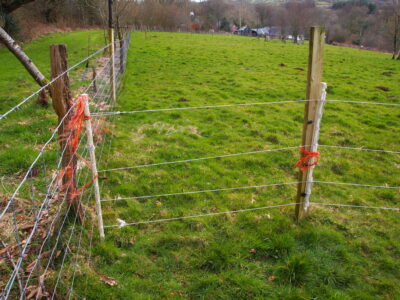
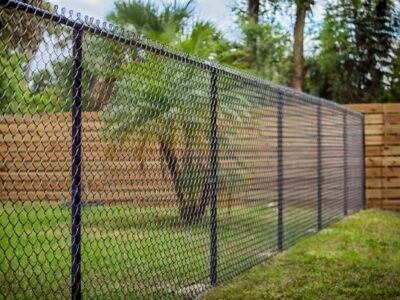

Comments